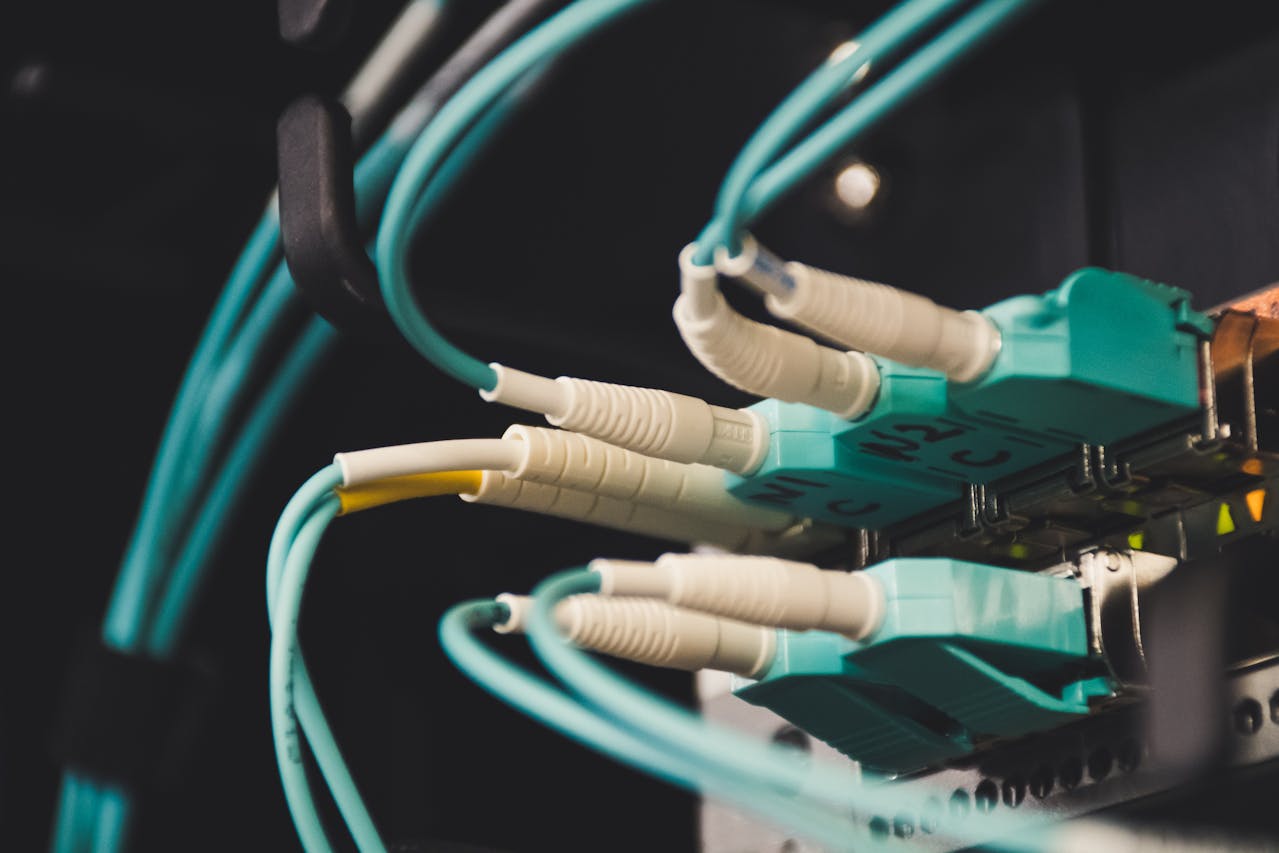Today, residential users rarely invest in gigabit internet. They don’t need this speed to run the devices they use most. However, the need for gigabit internet will likely increase as technology advances. What should a person know about this internet option, and when should they upgrade?

Multi-Gig Internet
A plan offering 1 gigabit internet at home is thousands of times faster than the minimum broadband speed required. People often assume this means the price will be significantly higher than what they currently pay, but it isn’t. Surprisingly, most residential plans run approximately $75 a month. As these plans become more commonplace, the price has dropped. It isn’t until a person requests a multi-gig internet plan offering 2 GB and up that the price jumps drastically.
Who Benefits From Gig Internet?
A person who lives alone and only has a few devices connected to the internet doesn’t need gig internet. However, a family with multiple devices and a smart home will benefit significantly from gig internet. This service will improve speeds when everyone is using their devices simultaneously. All devices will run smoothly without lag. Experts recommend gig internet for homes with ten or more connected devices.
Connected devices are more numerous than many people realize. They think of their cell phones, computers, and smart TVs when counting devices. They overlook their smartwatches, digital photo frames, internet-connected toys, and smart appliances. As a result, they wonder why their internet is slow. Upgrading to gig internet will resolve speed issues.
Certain people benefit significantly from gig internet. Individuals who work remotely need reliable speed and service, which gig internet can provide. Competitive gamers never want to lose a game because their internet lags at a critical moment. Gig internet is excellent for reducing the risk of this happening. Families that simultaneously stream on multiple devices need this speed, as do those with large homes.
Advertised and Actual Speed
When an internet service provider provides a speed for its service, it refers to the best-case scenario. Internet plans don’t constantly offer maximum speeds, and many factors affect speed. For example, the distance between the router and the device plays a role in speed, as does the number of devices connected simultaneously. Consider running multiple speed tests at different times throughout the day to learn the actual speed of a service.
Fiber or Cable?
Men and women must recognize that gig plans vary. When choosing a plan, they need to know its reliability and consistency. Fiber remains the best option overall for several reasons. Fiber internet offers a dedicated connection to ensure consistent internet speed. Cable connections are shared amongst multiple users, so speed slows during peak periods.
Upload speeds also vary by connection type. Cable internet upload speeds are significantly slower than download speeds. The standard cable connection has an upload speed of 35 to 100 Mbps. Fiber connections have symmetrical upload and download speeds, which means large uploads will take a fraction of the time they would if using a cable 1 GB connection. Men and women who frequently upload photos and videos benefit greatly from switching from cable to fiber 1 GB service, as do those who live stream or send large files routinely.
Consider upgrading to 1 GB internet to keep up with today’s digital world. Individuals who use this service at home find it offers numerous benefits. Learn more today to see if this internet speed will benefit you.
Hey welcome to my blog . I am a modern women who love to share any tips on lifestyle, health, travel. Hope you join me in this journey!

Speak Your Mind